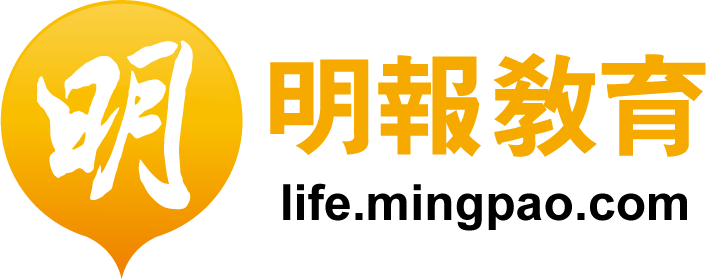Hong Kong is an international city. Although we are part of China, people from many places have lived and worked here for a long time. Some of the people of Indian origin in Hong Kong today were born here and it was their grandparents or great-grandparents who first came from India. Many of the first British people to come to Hong Kong had worked in India and spoke Indian English as well as British English. In Hong Kong we still use some Indian words.
Some Hong Kong families have an amah to help around the home, the word amah is from Indian English. Many people from other countries are confused by the word shroff; it is not British or American English. Shroff, a place where you pay money or the cashier whom you pay, is also from Indian English. In Hong Kong businesses often use a chop on important papers; this is an Indian way to do business. Kowloon has a Nullah Road; nullah means small river in Indian English. It is often used to mean a drainage ditch or small canal in Hong Kong.
When we think of Indian food we often think of curry, which is an Indian English word meaning sauce. There are many other types of Indian food. Many Hong Kong people eat congee for breakfast. Congee is an Indian English word. However our Hong Kong congee is thicker than Indian congee. Many Indian English words are used in restaurants. Some fancy international restaurants and Indian restaurants in Hong Kong will use the word tiffin, meaning lunch. Indian English is part of Hong Kong English.
There are many words from Indian English that have been accepted worldwide. These include ginger, jungle and pyjamas. In the same way some Hong Kong English words are used worldwide; these include chopsticks, tofu and typhoon.
by John Larrysson
A native English speaker who has been teaching practical English in Hong Kong for more than a decade.




